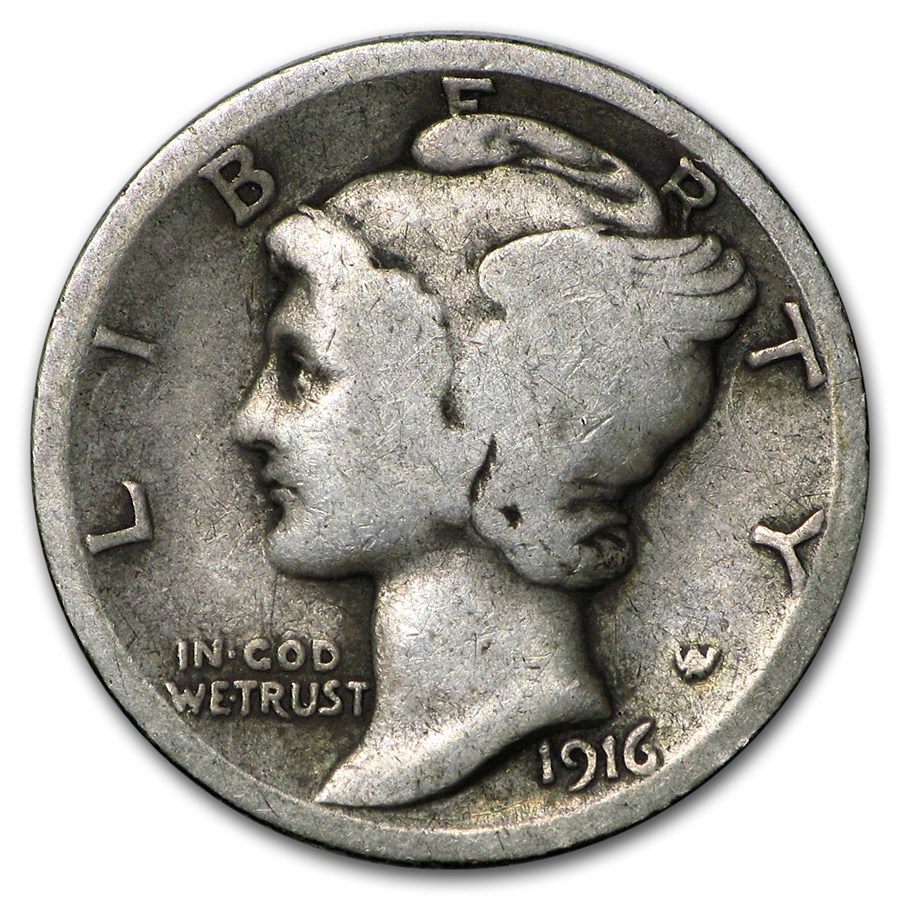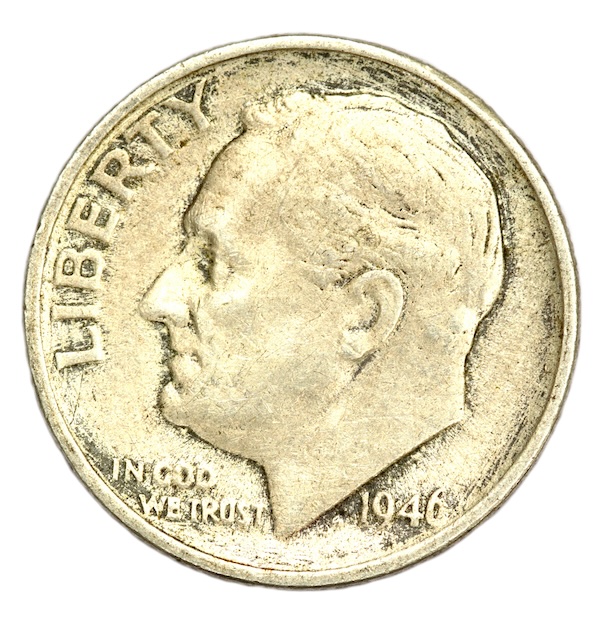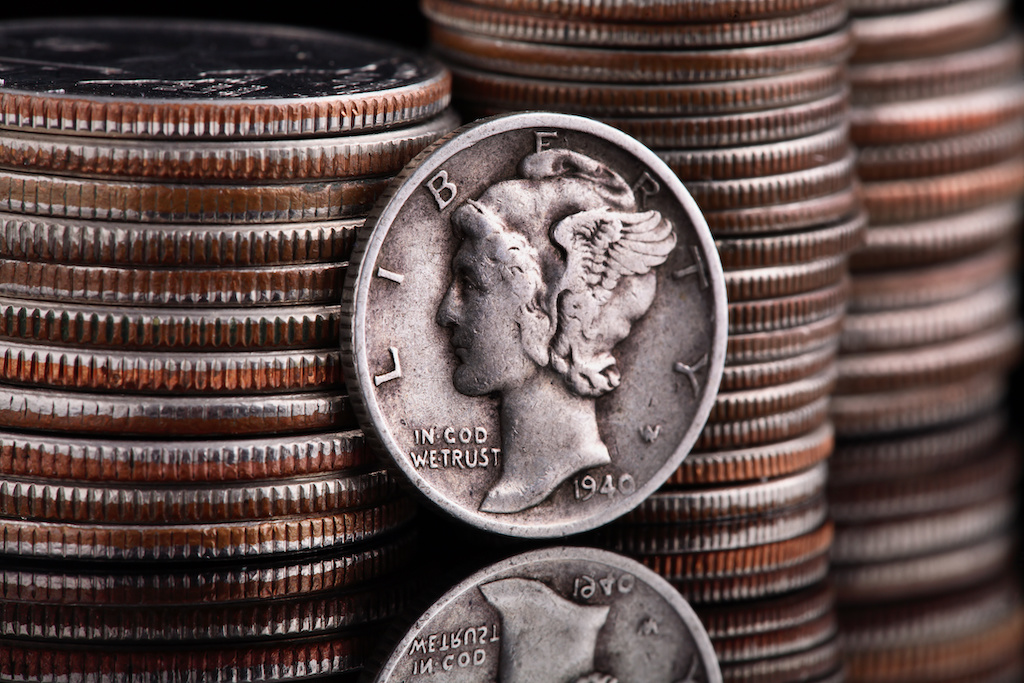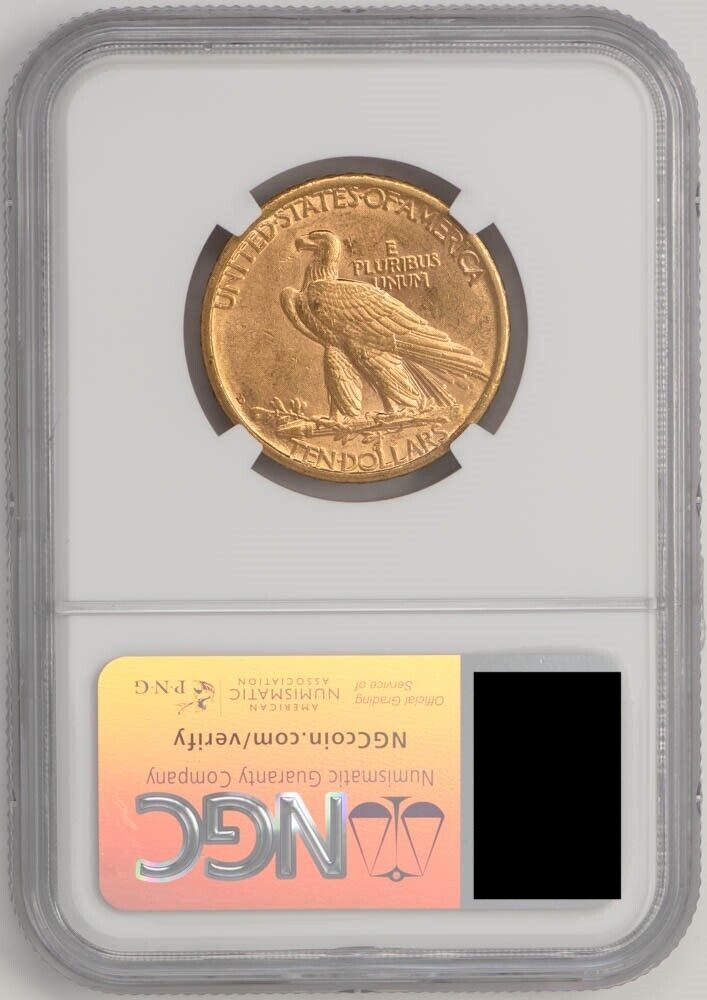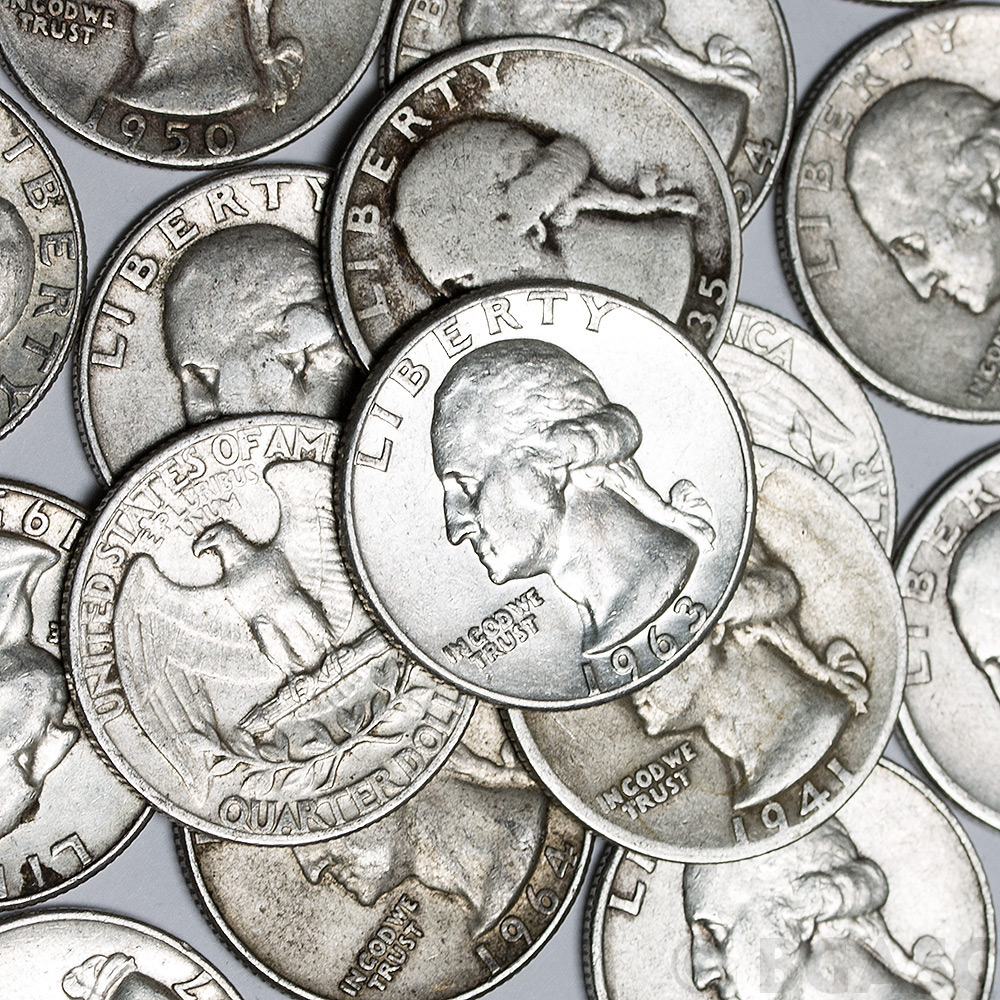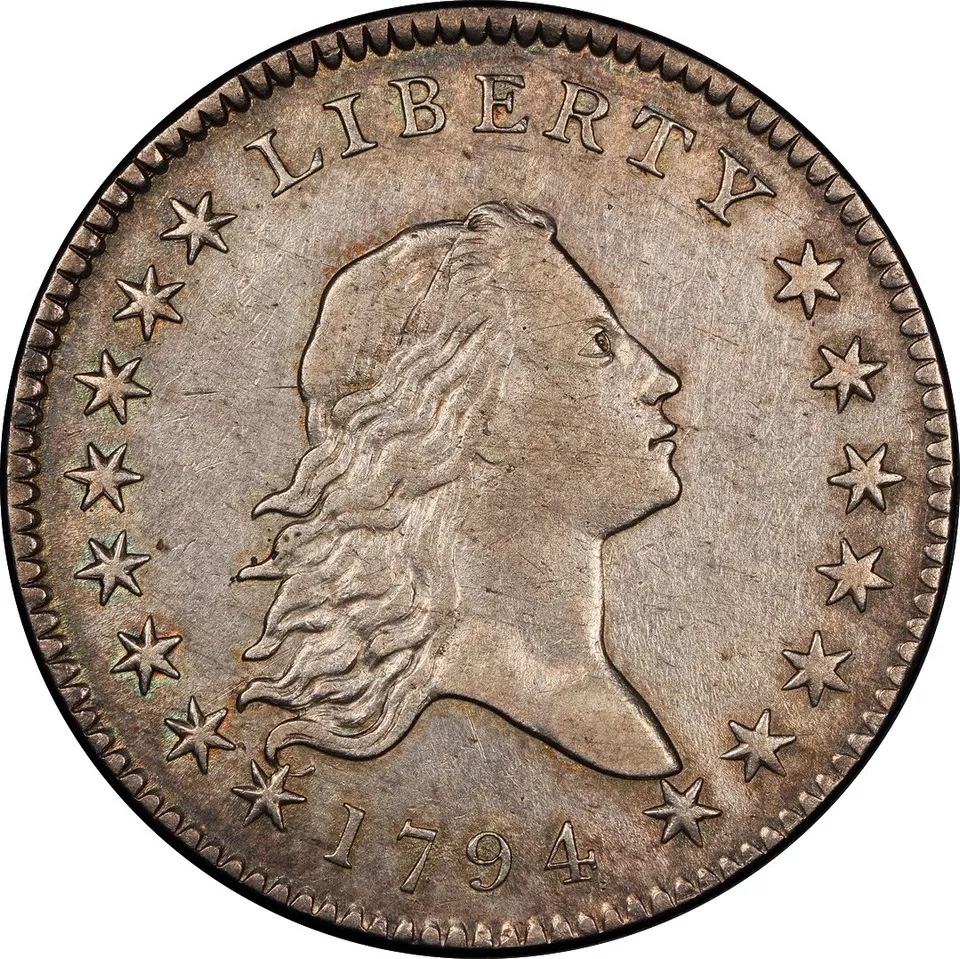The Mercury Dime, officially known as the Winged Liberty Head Dime, was issued by the US Mint from 1916 until 1945. Despite its official name, it’s most commonly referred to as the “Mercury Dime” because the obverse design features a depiction of Liberty wearing a winged Phrygian cap, which many mistook for Mercury, the Roman messenger god known for his winged helmet.
Final Year of Issue
The 1945 Mercury Dime represents a milestone in U.S. coinage as the last year of an iconic series. Varieties like the Micro S and errors such as doubled dies make this coin especially appealing to collectors.
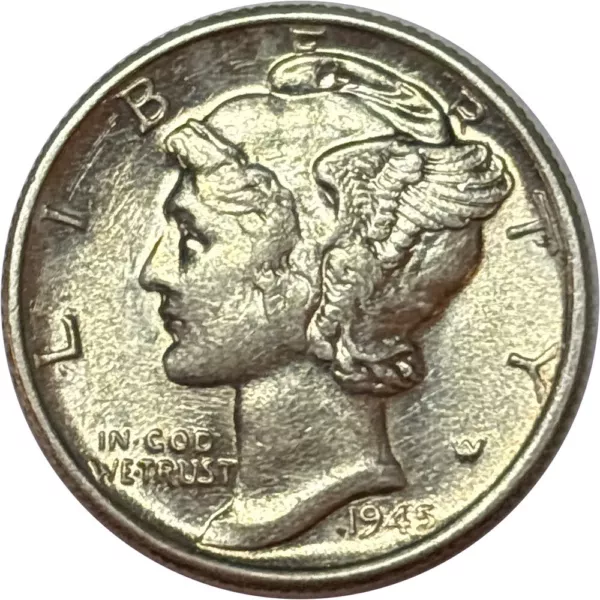
Even in circulated grades, 1945 Mercury Dimes hold value due to their silver content, while higher-grade and error coins can fetch premium prices at auctions or from numismatists.
Design and Composition
The design was created by Adolph A. Weinman, a noted sculptor and designer of the early 20th century. Around the edge are the words “LIBERTY” and the date of issue, with the motto “IN GOD WE TRUST” in the lower left.
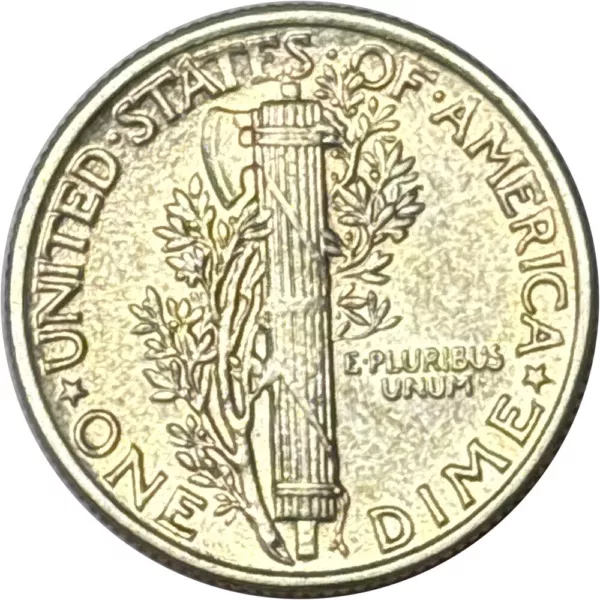
The reverse side displays a fasces, an ancient Roman symbol of authority that isa bundle of sticks with an ax blade, with an olive branch wrapped around it, symbolizing America’s readiness for war but preference for peace. The words “UNITED STATES OF AMERICA” and “ONE DIME” encircle the design.
The Mercury Dime is composed of 90% silver and 10% copper, weighing 2.5 grams with a diameter of 17.9 mm.
1945 Mercury Dime Mintages
The value of a 1945 Mercury Dime depends on its mintmark, condition, and whether it possesses any errors or varieties.
| Grade | 1945 (No Mintmark) | 1945-D | 1945-S | 1945-S Micro S |
|---|---|---|---|---|
| Good (G4) | $5.73 (Mercury Dime Melt value) | $2.50 | $2.50 | $15.00–$30.00 |
| Very Fine (VF20) | $3.00 | $3.50 | $3.50 | $30.00–$75.00 |
| Extremely Fine (XF40) | $4.50 | $5.00 | $5.00 | $75.00–$200.00 |
| About Uncirculated (AU50) | $8.00 | $10.00 | $10.00 | $200.00–$500.00 |
| Mint State (MS63) | $20.00 | $30.00 | $30.00 | $500.00–$1,200.00+ |
Collecting a Complete Mercury Dime Set
The Mercury dime is cherished for its beautiful design and historical significance. Building a complete set of Mercury dimes is a popular pastime and will include all issues from 1916 to 1945.
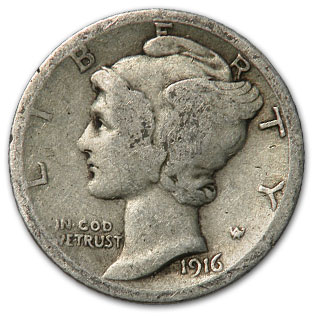
Learn as much as you can about Mercury dimes, including mintages, history, and grading standards. Knowledge is power when it comes to negotiating prices and spotting good deals. Resources include books, such as the “Official Red Book” on Mercury Dimes, online articles from websites like CoinWeek and NumismaticNews, and online forums on numismatics.
Decide on the grade or condition of coins you want to collect. While everyone would like to have coins in uncirculated condition, they are much more expensive. Some collectors focus on a more achievable goal, like collecting coins in fine (F) or very fine (VF) condition. Remember, the key dates in lower grades can still hold significant value and be a source of pride in your collection.
Mercury Dime Coin folders, such as those from Whitman and Littleton have individual slots for each coin
Many collectors begin by acquiring the more common dates and mint marks. One of the most cost effective ways is to buy $5 face value bankrolls that each contain 50 coins.
Many Mercury silver dimes were minted and coins from years with higher mintages are typically easier and less expensive to obtain.
Once you have filled in all of the common years, mint marks and variation, the next step is the identify and prioritize the key dates, lower mintage numbers, and well-known rarities within the Mercury dime series.
Key rare issues, such as the 1916-D, is one of the most sought-after coins due to its very low mintage. Be prepared, as these will be the most challenging and expensive to acquire.
Mercury Dime Key Dates
Throughout the mintage history of Mercury Dimes from 1916 to 1945 there are some coins that are particularly sought after by collectors due to their rarity, mint errors, or low mintage numbers. Certain years and mint marks stand out for their collectible value.
- 1916-D: The most coveted of all Mercury Dimes, the 1916-D has the lowest mintage of the series, with only 264,000 coins produced. It was the first year of production and the Denver Mint issued far fewer coins than the Philadelphia and San Francisco mints. This dime is highly valuable and sought after by collectors, especially in higher grades. Even in circulated grades this combination of year and mint mark can still fetch more than $1,000.
- 1942/1 and 1942/1-D: These overdate coins, where a “1942” date was struck over a “1941” date, are among the most famous varieties in the Mercury Dime series. Both the Philadelphia (no mint mark) and Denver (D mint mark) mints produced these errors, especially in higher grades, can command significant premiums.
- 1921 and 1921-D: Both of these dates have relatively low mintages, making them more challenging to find and more valuable than common dates.
- 1926-S: This coin’s mintage is not exceptionally low, but high-quality specimens are scarce, increasing its desirability among collectors.
Key Takeaways
The 1945 Mercury Dime represents a milestone in U.S. coinage as the last year of an iconic series.
Varieties like the Micro S and errors such as doubled dies make this coin especially appealing to collectors.
Even in circulated grades, 1945 Mercury Dimes hold value due to their silver content, while higher-grade and error coins can fetch premium prices at auction.
Building a complete set of Mercury dimes takes time, especially if you’re aiming for higher-grade coins.
In some cases, it may be more cost-effective or simpler to purchase a complete or partial set. This can especially be true for common dates.
By following these strategies and remaining diligent in your search, building a complete set that includes the 1945 Mercury Dime can be a rewarding and enjoyable endeavor that not only offers a sense of accomplishment but also a tangible connection to American history.
